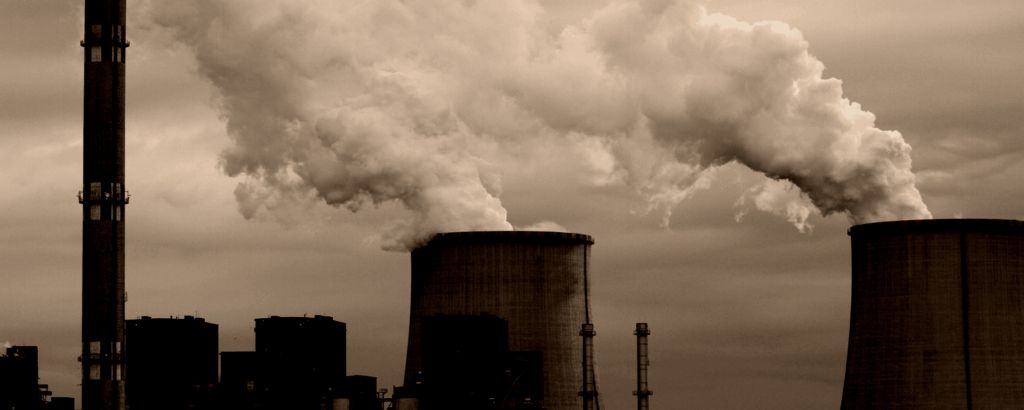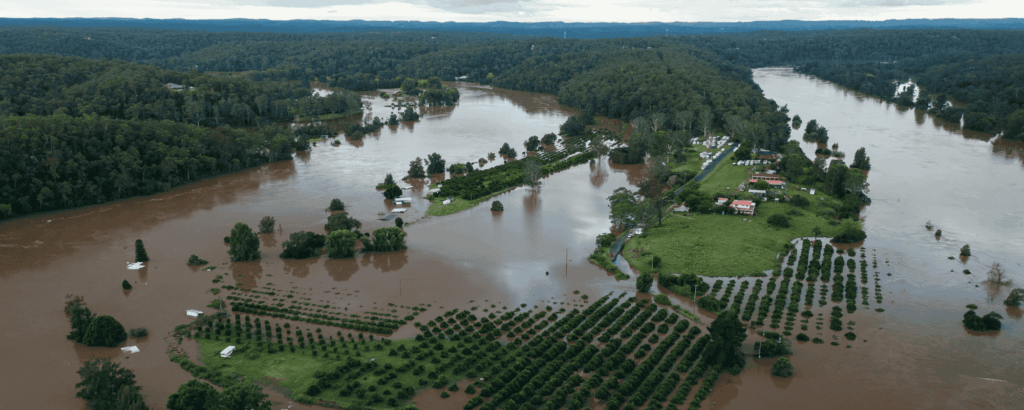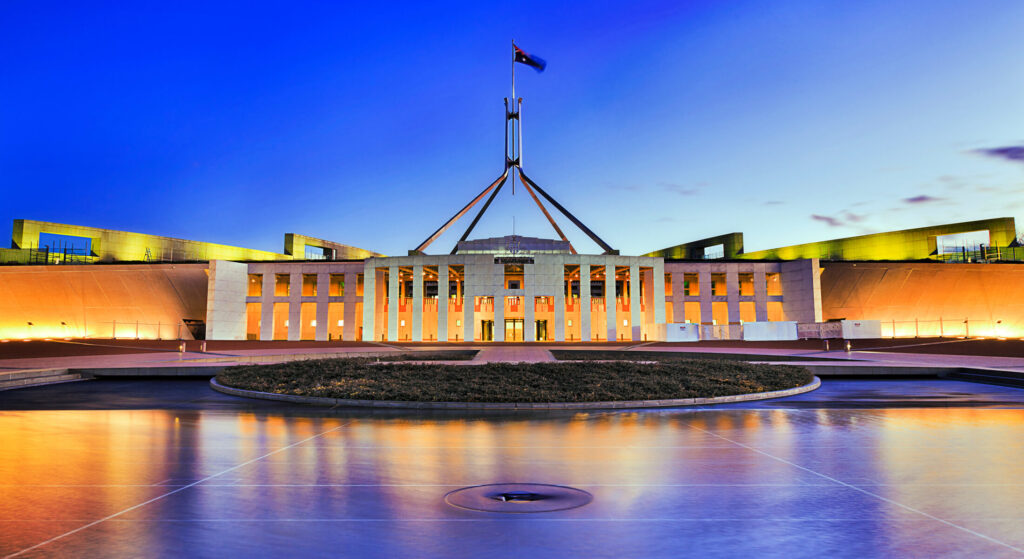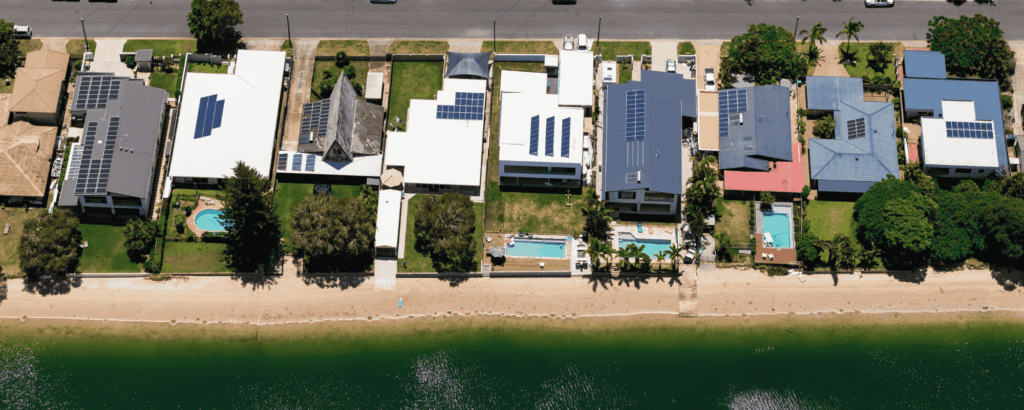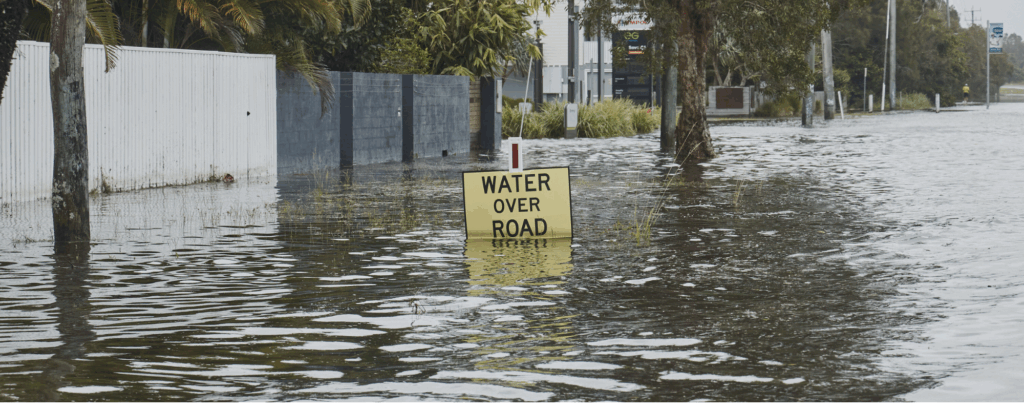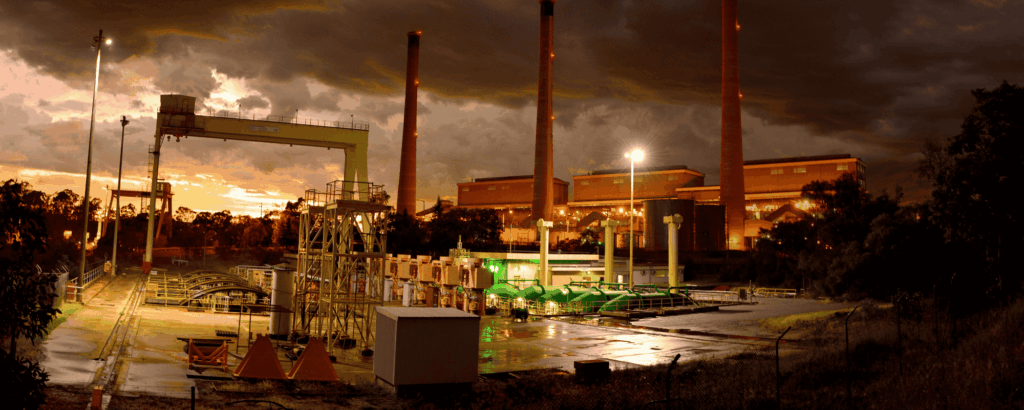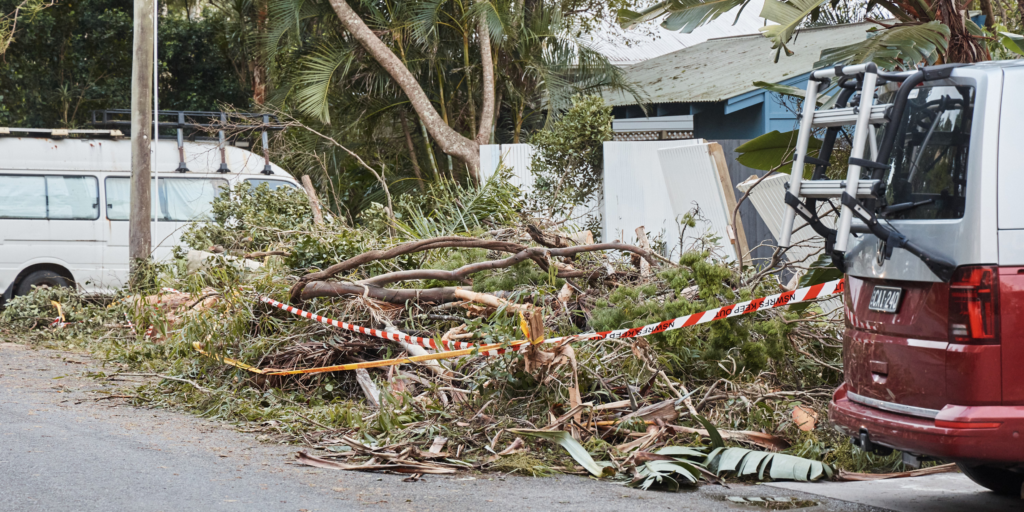Updated 17 November 2025
Climate change, caused by the burning of fossil fuels, is the biggest threat to our environment. It puts at risk the complex ecosystems we depend on for healthy and prosperous lives, damages the habitats of important animal, insect and plant species, and threatens iconic natural places like the Great Barrier Reef.
Our national environment law doesn’t directly address climate change, so it isn’t adequately protecting our environment (or us!).
The Government introduced its reforms to the lower house on 30th October, and the Bill was referred to a Senate standing committee that same day, with submissions open until 5th December. While there is a long way to go for these reforms to be credible, there is still an opportunity for the Government and all parties in the Senate to strengthen the laws and better protect our environment from climate harm.
Here’s everything you need to know about our environment laws and climate change: what we know about the reforms so far, how we can improve them, and what happens next.
WHAT IS THE EPBC ACT?
The Environmental Protection & Biodiversity Conservation (EPBC) Act is the main environmental protection law that’s meant to shield Australia’s unique plants, World Heritage-listed places, ecosystems and endangered species from further harm.
The EPBC Act determines whether the Federal Government gives the thumbs up or thumbs down to projects that will impact our natural environment. It names things that need special protection – like endangered species, important habitats and culturally significant landscapes. Any new project that could impact on these things needs to get assessed under the law, and be approved by the Federal Environment Minister. Right now, that’s Labor’s Murray Watt.
SO WHAT’S WRONG WITH OUR NATIONAL ENVIRONMENT LAW AT THE MOMENT?
There are three key climate failures in our current national environment law:
- The EPBC doesn’t tackle climate pollution – the greatest threat to the environment
Climate change is already devastating our environment, from six mass coral bleaching events on the Great Barrier Reef in the past decade to the Black Summer bushfires that killed or displaced 63 billion animals and insects.
- It gives polluting fossil fuel projects the green light
At the moment, fossil fuel projects get the green light because Australia’s national environment law doesn’t require the Environment Minister to consider climate pollution, or its impacts. It ignores the damage that any new coal, oil or gas project built anywhere does to people, places and wildlife everywhere. In total, under the existing national environment law, more than 750 coal, oil and gas projects have been approved, and no project has had its climate pollution meaningfully assessed.
- It slows down much-needed renewable energy projects
Under the EPBC Act, it can take years to assess projects and decide if they should proceed. This is a problem for the new renewable energy projects we need, like wind and solar farms. We need a stronger national environment law that says a quick yes to environmentally responsible projects, and a quick no to projects that cause more climate harm and will damage Australia’s special natural places.
WHAT DO WE KNOW ABOUT THE GOVERNMENT’S PROPOSED REFORMS?
Here’s our assessment of how the Government’s proposed reforms measure up on climate:
| What our national environment law needs to do on climate | Albanese Government’s proposed reforms |
| Developers to fully disclose their climate pollution and a plan to reduce it | ❓Only some climate pollution and a reduction plan to be disclosed |
| Decision-makers are required to consider climate impacts | ❌ No requirement for decision-makers to consider or curb climate pollution |
| Speeds up the approval of important projects, like renewables | ✅ Measures to streamline project approvals ❌ Could also speed up fossil fuel approvals |
| Decisions align with Australia’s climate targets, policies and commitments | ❌ No consideration of how a project will impact our climate targets, policies and commitments |
| Protect our forests from logging and land clearing | ❌ Nothing to fix loopholes that allow land clearing and logging to go ahead without assessment |
DO THE PROPOSED REFORMS ADDRESS CLIMATE CHANGE AT ALL?
The government’s current reform proposals include no material changes to protect our environment from climate harm.
One minor change under the proposed reforms would require projects to disclose some (but not all) of their expected emissions, provide a plan to reduce them and state how they’re consistent with other federal laws – but none of this information would be verified or be factored into approval decisions. That means polluting projects can get the green light despite clear evidence of their climate harm.
| Failing to count the full climate cost The proposed reforms would not require projects to disclose their full emissions. They would only require projects to disclose: ✅Scope 1: The direct, on-site emissions released by a project – like the gases released when fossil fuels are extracted from the ground, or when diesel is burned in mining equipment. ✅Scope 2: The emissions released while generating electricity to power a project. The reforms would not require projects to disclose what is often the largest share of their climate pollution: ❌Scope 3: emissions when the fossil fuels produced are burned in Australia or overseas This paints an incomplete picture of a project’s climate harm, and also relies on fossil fuel companies to accurately estimate their emissions without independent assessment. |
WHAT DOES THIS MEAN FOR AUSTRALIA’S CLIMATE TARGETS?
The Government’s proposed environment law reforms would do little to stop polluting coal and gas projects from going ahead – even if they breached Australia’s climate targets, policies like the Safeguard Mechanism, or international commitments like the Paris Climate Agreement.
In total, more than 750 fossil fuel projects have been approved under the EPBC Act over the past 25 years. The Albanese Government alone has approved 32 coal and gas projects, unleashing more than 10 million tonnes of domestic climate pollution per year – more than all domestic flights in Australia. This pollution will have a direct impact on Australia’s ability to meet our new emissions reduction target of a 62-70% reduction by 2035. Climate Council analysis shows that the climate pollution from these approved developments is equivalent to 1.6 to 2.1 percentage points in 2035.
As if this wasn’t enough, at least 42 further coal and gas projects are in the pipeline, including the Browse gas project in WA, which could run for 44 years and release up to 6.8 million tonnes of climate pollution in Australia annually. Put simply, approving these projects – when we should be focused on reducing pollution – makes it harder to reach our 2035 target.
If the Government is serious about addressing climate change and reducing climate harm, it must cut pollution at the source by curbing new fossil fuel projects.
DOESN’T THE SAFEGUARD MECHANISM DEAL WITH EMISSIONS FROM BIG POLLUTERS?
The Government claims domestic climate pollution from new or expanded fossil fuel projects is already covered under the Safeguard Mechanism. But the Safeguard Mechanism only kicks in after a project is operating — it doesn’t decide which projects go ahead. New developments don’t need to fit within Australia’s climate pollution budget or national targets. That means highly polluting projects can still proceed, even if they blow our legislated carbon budgets. Expert legal analysis confirms that nowhere under federal law is the Government required to assess a project’s climate impact.
HOW DO WE FIX IT?
The Albanese Government can still deliver credible environment law that protects the places we love from climate harm. Our new environment law should:
1. Require the Government to consider climate impacts of fossil fuel projects and give decision-makers the ability to curb projects that would cause significant climate harm.
Our environment law needs to require decision-makers to directly consider the climate impacts of all highly-polluting projects – like new or expanded fossil fuel projects. This should be assessed as part of the environmental approvals process, with decision-makers able to curb projects that would cause significant climate harm.
2. Require full disclosure of climate pollution, including the pollution when fossil fuels are burned overseas – recognising that climate pollution, no matter where it is released in the atmosphere, harms Australians and our environment.
Developers must be required to transparently disclose total emissions from their projects — including direct, indirect and downstream (Scope 1, 2 and 3) pollution. Full disclosure would provide transparency, is already required by most State and Territory assessments, and aligns with international best practice.
It is also consistent with the 2020 Samuel Review of the EPBC Act, which recommended that project proponents be required to “transparently disclose the full emissions of the development” – recognising that climate pollution, no matter where it is released in the atmosphere, harms Australians and our environment.
3. Require projects to comply with Australia’s climate targets, policies, and commitments – including detailed net zero plans that do not rely on offsets or unproven technologies.
While the Government has indicated that it will require projects to submit emissions reduction plans, there is no requirement for these plans to be considered when assessing projects. The plans should be required to include specific information on how and when a project will reduce climate pollution, without relying on offsets or unproven technologies.
This information should be independently assessed for its quality and compatibility with Australian targets, laws and policies – including the Safeguard Mechanism. This assessment should be made public and provided to the Environment Minister. Projects should only be approved if they are compatible with Australia’s climate targets, laws and policies.
4. Speed up environmentally responsible renewable projects, not fossil fuels.
Reforms to accelerate approvals for renewable energy, housing, and other vital developments must exclude fast-tracking polluting fossil fuel projects. Planning processes should also include robust standards and processes for identifying low-impact zones for renewables, so projects can be approved quickly without damaging nature.
5. End loopholes which allow land clearing and native forest logging without assessment
Each year in Australia, more than 400,000 hectares of land are cleared, adding up to millions of hectares lost. Logging and clearing is a significant source of land sector emissions and biodiversity loss.
There are major loopholes in our national environment law which allow land clearing and native forest logging to go ahead without environmental assessment. To increase the sector’s potential as a natural carbon sink and protect the precious wildlife that calls our forests home, the reforms must close these loopholes.
WHAT HAPPENS NEXT?
Right now, the Australian Senate is holding an official inquiry into the Government’s proposed reforms to the Environmental Protection & Biodiversity Conservation (EPBC) Act. This inquiry will review the proposed reforms in detail, hear from the public and experts, and make recommendations to the Government before the laws are finalised.
While there is a long way to go for the reforms to be credible, the Climate Council is calling on the government and all parties in the Senate to strengthen the laws.
That means this is your chance to have a direct say in how these laws are shaped. This is the most important moment for our community to be heard before Parliament decides.
Making a submission to the inquiry is easy – and it’s the most effective way to have your say right now.
- Visit the official inquiry page: Senate Environment & Communications Legislation Committee
- This inquiry is moving quickly, so make sure to get in as soon as you can – ideally before the week of 24 November – this is the critical window to be heard.
- Write your submission (it can be short!): In your own words, explain why it matters to you that Australia’s environment laws address climate change, and that you want the reforms to include:
- Ask for: Australia’s environment laws to require full disclosure of all emissions (Scope 1,2 and 3), ensure projects face an independent assessment to ensure they align with our national climate targets and policies (like the Safeguard Mechanism), and speed up approvals for responsible renewables, not fossil fuels.
- Remember: professional, warm, and encouraging submissions are always welcomed by Parliamentary inquiries – so please keep it kind.
- If you need a starting point, you can use what we’re calling for here
- Send it in.
- Upload your submission on the Parliament website, or
- Email it to:
- Or post to:
- Committee Secretary
- Senate Standing Committees on Environment and Communications
- PO Box 6100
- Parliament House
- Canberra ACT 2600
Together, we’ve helped secure a stronger 2035 climate target. Now, let’s make sure our laws enable us to deliver on it.


